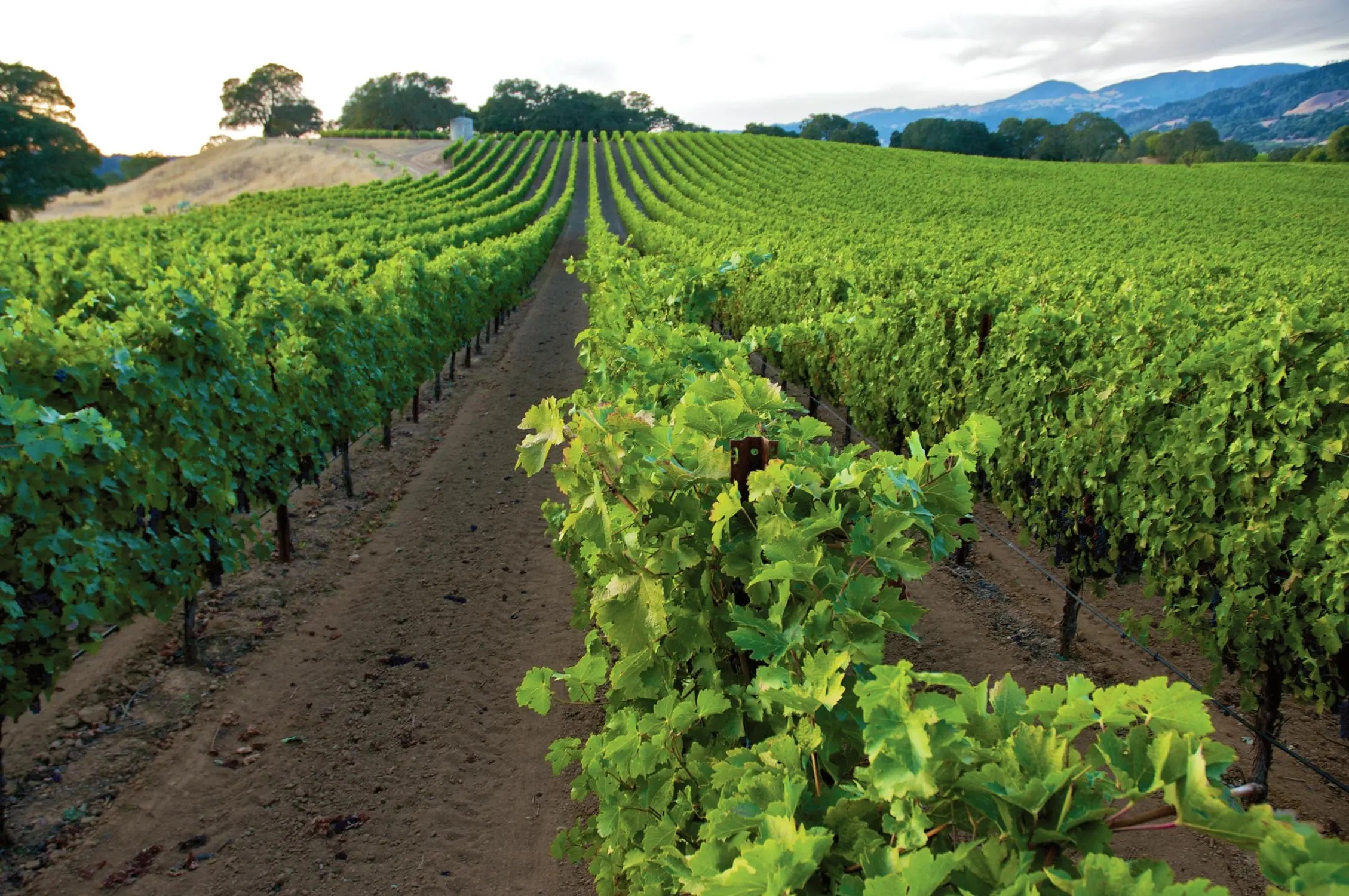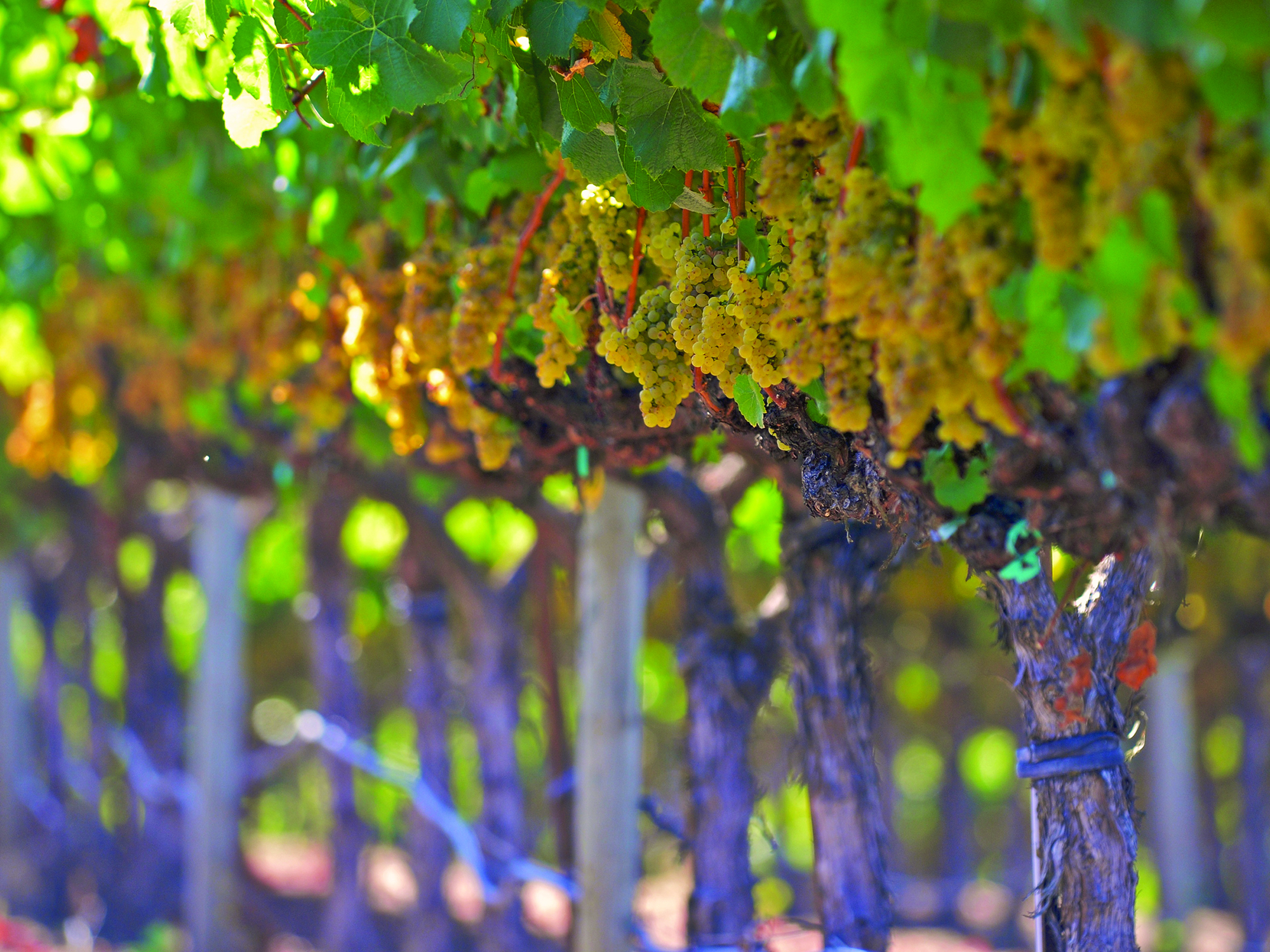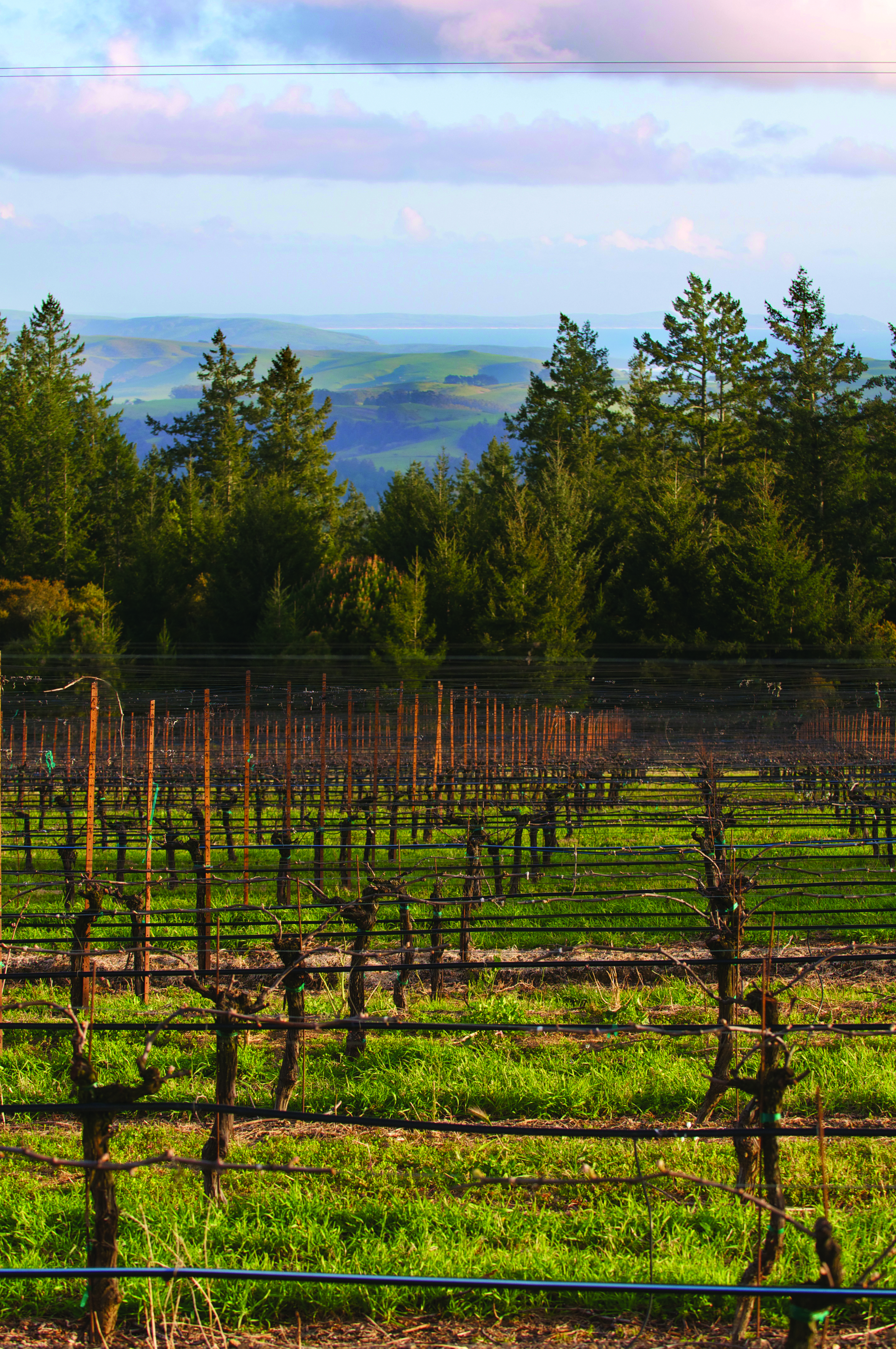The Challenge of the Extreme Sonoma Coast
The demands of growing fruit in the dramatically cold environment on the far western reaches of Sonoma County are many.
Sonoma Coast Vineyards rises to the challenges of the Extreme Sonoma Coast to produce wines with fully ripened fruit at lower brix, mature flavors and tannins, and balanced by a high acid profile.
A New Frontier with Tremendous Potential
Viticulture only began in the Extreme Sonoma Coast in the early 1990s. Historically the land had been used for cattle grazing, lumber production and farming.
Extended Vineyard Development Time: Due to the challenging climate, it can take up to six years for vines to produce fruit, contrasted by a typical three years in most other regions.
Animals Are a Challenge: Deer and gophers are abundant. Gophers, which can grow to a population as high as 100 per acre, can destroy as much as 20 percent of new vines.


Wet Weather Is Always an Obstacle
A wet spring can cause bloom problems, as well as create the perfect conditions for organisms that cause high pressure botrytis to thrive – a problem compounded by the inability to get equipment into the vineyards to combat this threat. In the fall, encroaching rains always threaten harvest.
Growing Season Is Severely Affected by Temperature
Due to the close proximity to the Pacific Ocean, nighttime temperatures hover in the 40s as the cold maritime fog moves inland from the coast. Daytime highs rarely exceed the low 70s, affecting every aspect of grape development from late bud break to ripening. Additionally, a cold spring can result in poor vine nutrition at bloom and often disappointing fruit set (in 2005, Balistreri Vineyard yielded a mere 1,680 pounds from four acres of 10,000 vines).


Yield Is Exceptionally Low
Crop loads will always be small, with typical yields of one to two tons per acre. Vineyards often produce so little fruit it is a challenge to reclaim viticulture costs.
Cluster Size Is Considerably Smaller
Grape clusters are one half to two-thirds the size of clusters grown in warmer areas. In addition, the skins on this cold-climate fruit display an unusual thickness resulting in a concentrated skin-to-juice ratio. This unique attribute appears to be the result of the vine’s ability to adapt in order to survive the cold and dampness.


Late Harvest
The height of harvest activity is from mid-October into November – its earliest varietal is often picked later than Napa’s last varietal. There have been vintages in which by the time Pinot Noir was ready to be harvested, there were no leaves left on the vines.
